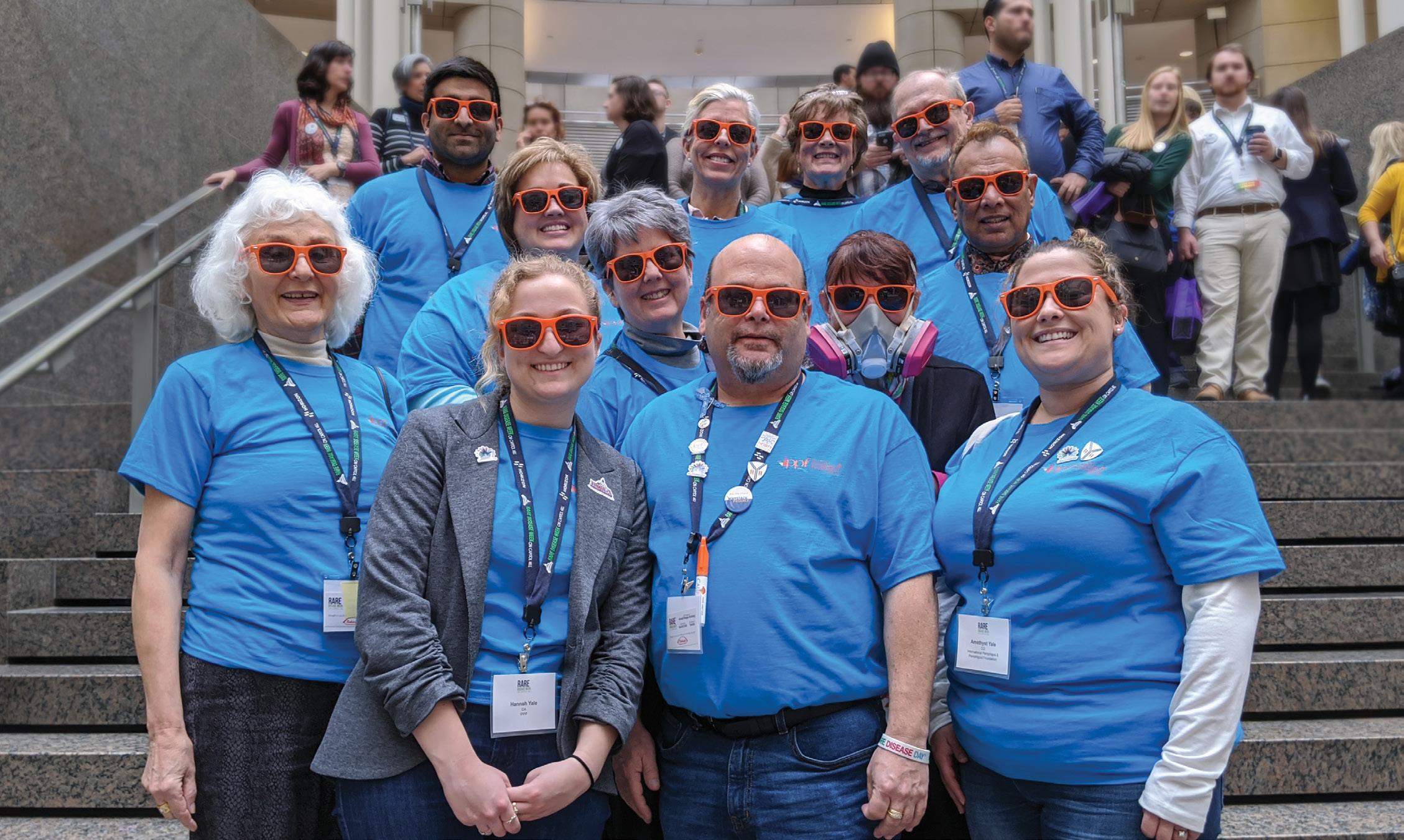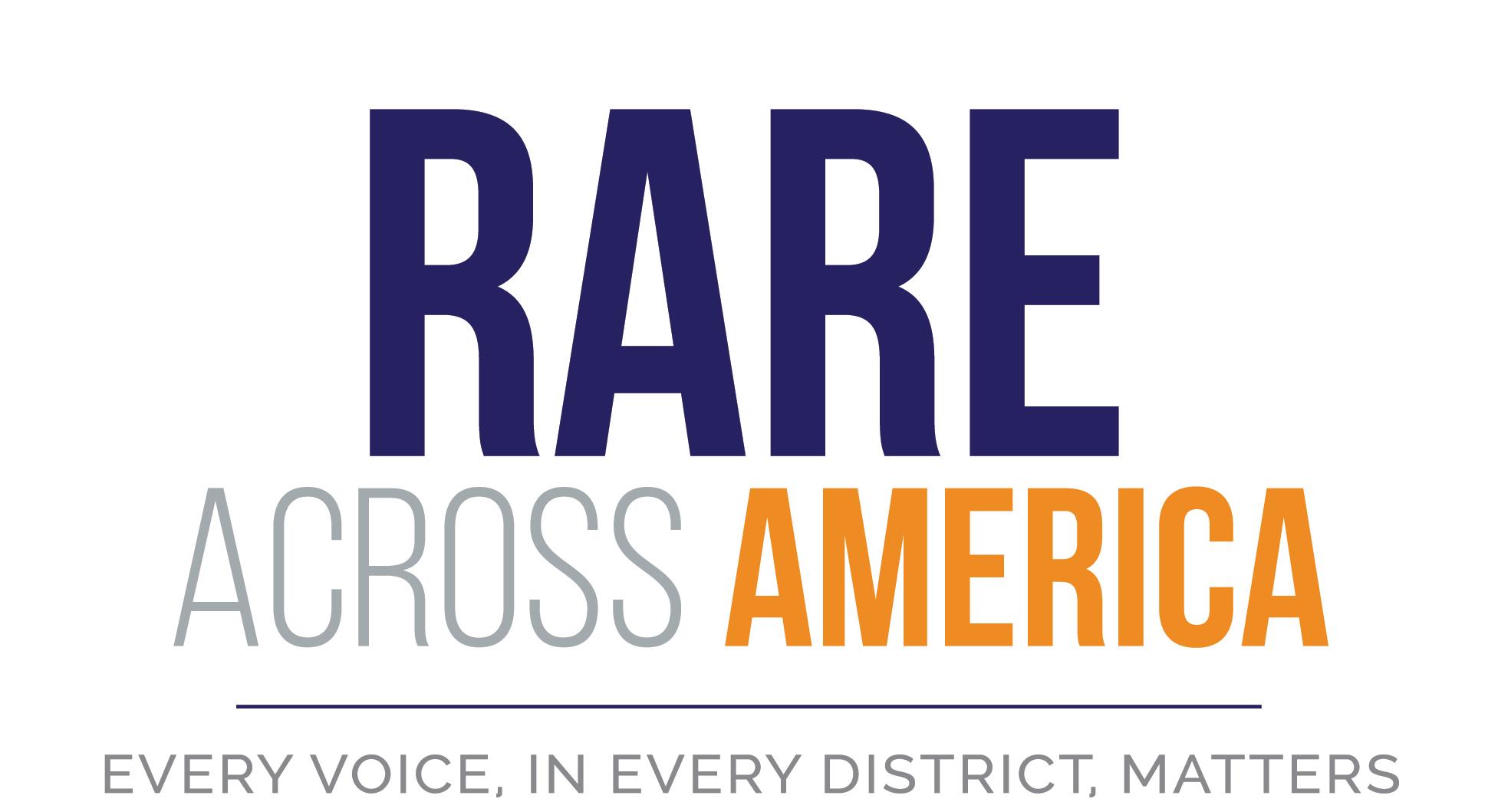
4 minute read
2020 AAD Patient Advocate Task Force Q&A
The American Academy of Dermatology (AAD) Annual Meeting was scheduled for March 2020 in Denver, CO. However, due to the outbreak of COVID-19, the meeting was canceled. IPPF Outreach Director Becky Strong planned to participate in a pemphigus and pemphigoid panel session that included the patient perspective. Prior to the meeting cancellation IPPF Outreach Director Becky Strong interviewed dermatologists from the AAD Patient Advocate Task Force. Deputy Chair Dr. Moise Levy (Dell Children’s Medical Center) and Task Force member Dr. Emily Chu (Penn Medicine) explained the important role of the patient perspective and more information about the Patient Advocate Task Force, which encourages patient-doctor communication in order to achieve high quality patient care.
Please tell us about the Patient Advocate Task Force and about its purpose as part of the AAD.
Advertisement
Dr. Moise Levy (ML): The mission states that the Patient Advocate Task Force “is responsible for serving as a point of coordination on educational, legislative, and research issues of shared concern between patients, patient advocacy groups, the AAD, and the American Academy of Dermatology Association (AADA) that support our shared goal of promoting, advancing, and sustaining the highest medical care for all patients with dermatologic disorders.
How did the Task Force decide to include the patient voice in educational sessions?
ML: In 2015, Dr. Amy Paller, Patient Advocate Task Force Chair and Department of Dermatology Chair at Northwestern University, launched the Patient Integration Program at the AAD summer meeting. Dr. Paller and the Task Force found value in the patient voice and wanted its inclusion at AAD meetings. This initiative was initially met with lukewarm participation, so after doubling marketing efforts to encourage session directors to utilize the patient experience with surveys, emails, and phone calls, the Patient Integration Program was re-launched at the 2017 Annual Meeting in Orlando with successful results.
One of the first sessions to offer a patient speaker in 2017 was Dr. Culton's “Introduction to Pemphigus and Pemphigoid.” Why did the Task Force feel this was a good fit to have a patient speaker?
ML: The IPPF is part of the Coalition of Skin Diseases, which the Task Force has worked alongside for years. Two of the key members of that organization, you and Marc Yale, have always been passionate, compelling speakers. We thought this session with you and Dr. Culton would be perfect for launching the initiative.
What do you think the patient perspective offers that physicians or disease experts cannot provide?
ML: Patients and families are best suited to speak to the impact of all skin disorders on themselves. In addition, patients and families should be included in discussions about diagnostic and treatment options. For me, patients (and parents in particular), have been helpful in illustrating how poorly (in some cases) we work in interdisciplinary teams to provide needed care. Dr. Emily Chu (EC): Patients often offer important clues to the presentation of their diseases and response to therapies. I know I have learned a great deal about the evolution of diseases from my patients. The benefit of the Patient Integration Program is that we are able to bring the insights of some of our patients to a larger audience of health care providers.
When speaking specifically about pemphigus and pemphigoid, why is having a patient speaker important?
ML: I personally consider this group of disorders in the same light as many other conditions seen in dermatology. Sometimes patients experience extreme presentations, and treatments required present both personal and health concerns for many individuals. EC: Because patients affected with pemphigus and pemphigoid may have their quality of life so significantly impacted, the patient perspective is especially valuable as physicians consider treatment and other management options.
What has been the feedback from course participants that include the patient perspective?
ML: We have only received positive feedback from this program. Here are some quotes from our educational session directors:
The patient was great. The audience asked a ton of questions and stayed an extra 15 minutes for a very interactive Q&A. It was great, and I would highly recommend it again. -2017 Session Director
[The session] provided a humanistic side to patient care that is often lost in the old-fashioned lecture-style sessions. -2019 Session Director
I would like to thank the AAD Patient Advocate Task Force for this wonderful opportunity. It was the best experience I have had at a lecture, it was so moving, there were doctors in the audience with tears in their eyes after hearing her story. Amazingly, she took off her wig in front of everyone, unexpectedly, showing her courage. The audience gave her a standing ovation. I was speechless after her lecture. -2019 Session Director
How does the Task Force see patients becoming more involved in AAD activities? Are there any plans for growth in plenary sessions?
EC: We are thrilled that the Patient Integration Program has been so successful, and we plan to continue the program at the annual and summer meetings. Currently we do not have active plans to include patient speakers in the AAD meeting plenary sessions, although this is a topic we plan to discuss with our Task Force.
How can patients advocate with their own dermatologists?
ML: Patients and families of patients should feel the need to speak up if they are uncomfortable with any aspect of their care. In particular, care plans and behavioral aspects of diseases must be discussed. Certainly, offering to speak with other patients is always a plus. Ultimately, we function as a team. The patient is the boss and, as Francis W. Peabody stated in The Care of the Patient, “the secret of the care of the patient is in caring for the patient.” (Peabody FW, 1927)









